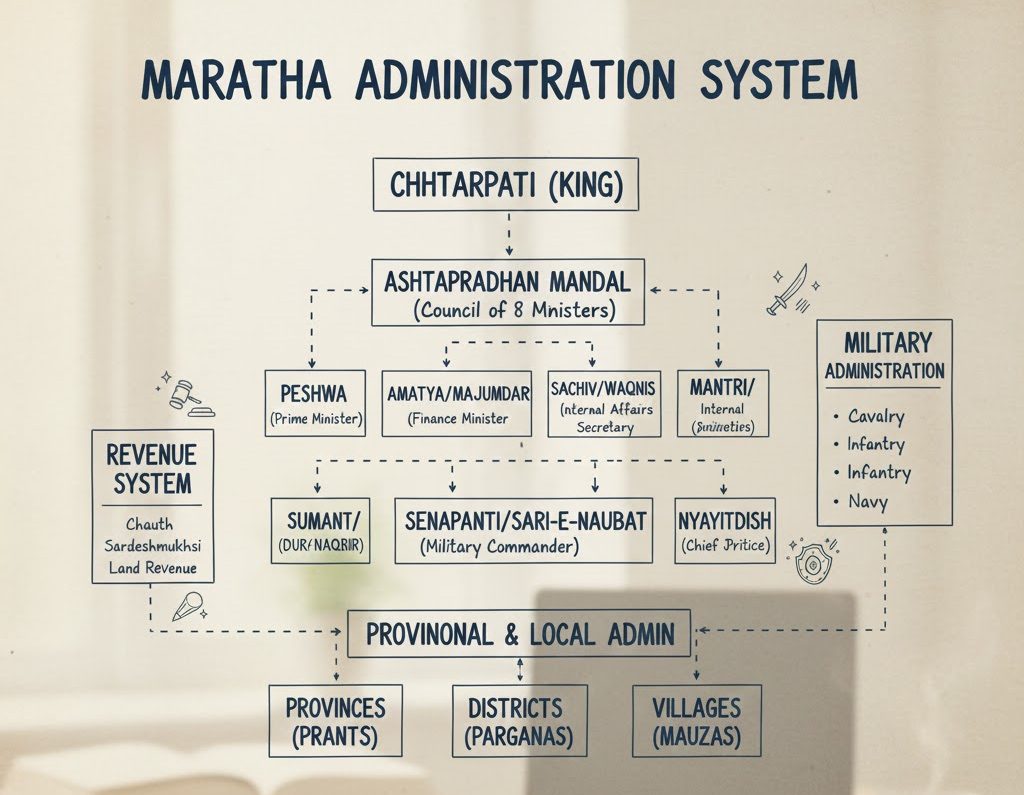Himachal Pradesh Raises Women’s Marriage Age to 21
Context:
The Himachal Pradesh Assembly passed the Prohibition of Child Marriage (Himachal Pradesh Amendment) Bill, 2024, raising the minimum marriage age for women from 18 to 21 years.
Background:
- Previous Legislation: The Child Marriage Restraint Act, 1929 set minimum marriage ages, which were later increased in 1978. The PCM Act, 2006 replaced the 1929 Act with the same age limits.
- National Trends: According to NFHS-5, 23% of women aged 20-24 were married before 18, highlighting the ongoing prevalence of child marriage.
Key Amendments to the Prohibition of Child Marriage (PCM) Act:
- Uniform Marriage Age: Redefines a “child” as anyone under 21 years, eliminating gender distinctions.
- Overriding Clause: Grants the new marriage age overriding authority over any conflicting laws, customs, or practices in Himachal Pradesh.
- Extension of Annulment Period: Increases the time to annul a child marriage from two to five years after reaching the age of majority, allowing annulment until age 23.
Legislative Process and Constitutional Implications:
- Concurrent List: Marriage falls under the Concurrent List, allowing both central and state governments to legislate. The Bill’s amendments potentially conflict with the existing central PCM Act.
- Article 254(1): Conflicting state laws are void unless they receive the President’s assent, making the Himachal Pradesh Bill subject to this process.
- Governor’s Role: The Bill must be reserved for the President’s consideration after the Governor’s assent.
- President’s Approval: The Bill will only become law with the President’s assent, ensuring consistency with central laws.
Debate Surrounding Marriage Age for Girls:
- Gender Equality and Education: Raising the marriage age allows girls to complete their education and improves career prospects.
- Delayed marriage empowers women, helping them develop skills and achieve financial independence.
- Health and Well-being: Early marriage increases maternal and infant mortality risks. Delaying marriage improves health outcomes for mothers and children.
- Women are better equ`ipped emotionally and economically to care for their children if they marry later.
- Economic Development: Delaying marriage increases women’s workforce participation, contributing to economic growth.
Other Government Initiatives Central Government Schemes: State Governments Schemes:
Challenges:
- Inconsistencies with SC Judgments: The Bill restricts the right to marry before 21, potentially conflicting with Supreme Court rulings that recognise the right to marry as part of the right to life (Article 21).
- Implementation Issues: Existing laws have limited success in curbing child marriages, raising doubts about the effectiveness of increasing the marriage age.
- Societal Norms: Laws alone may not be sufficient; changing deep-rooted cultural norms is essential for success.
Way Forward:
- Harmonise with National Law: Coordinate with the central government to align state and national legislation on marriage age.
- Community Awareness: Implement awareness campaigns to educate the public on the benefits of delaying marriage, focusing on women’s education and health.
- Supportive Measures: Address underlying issues like poverty, education, and cultural norms to effectively reduce child marriages.
Conclusion: The Himachal Pradesh Bill represents a significant step towards gender equality, health, and social justice. However, its success will depend on effective implementation, public awareness, and alignment with national laws.


